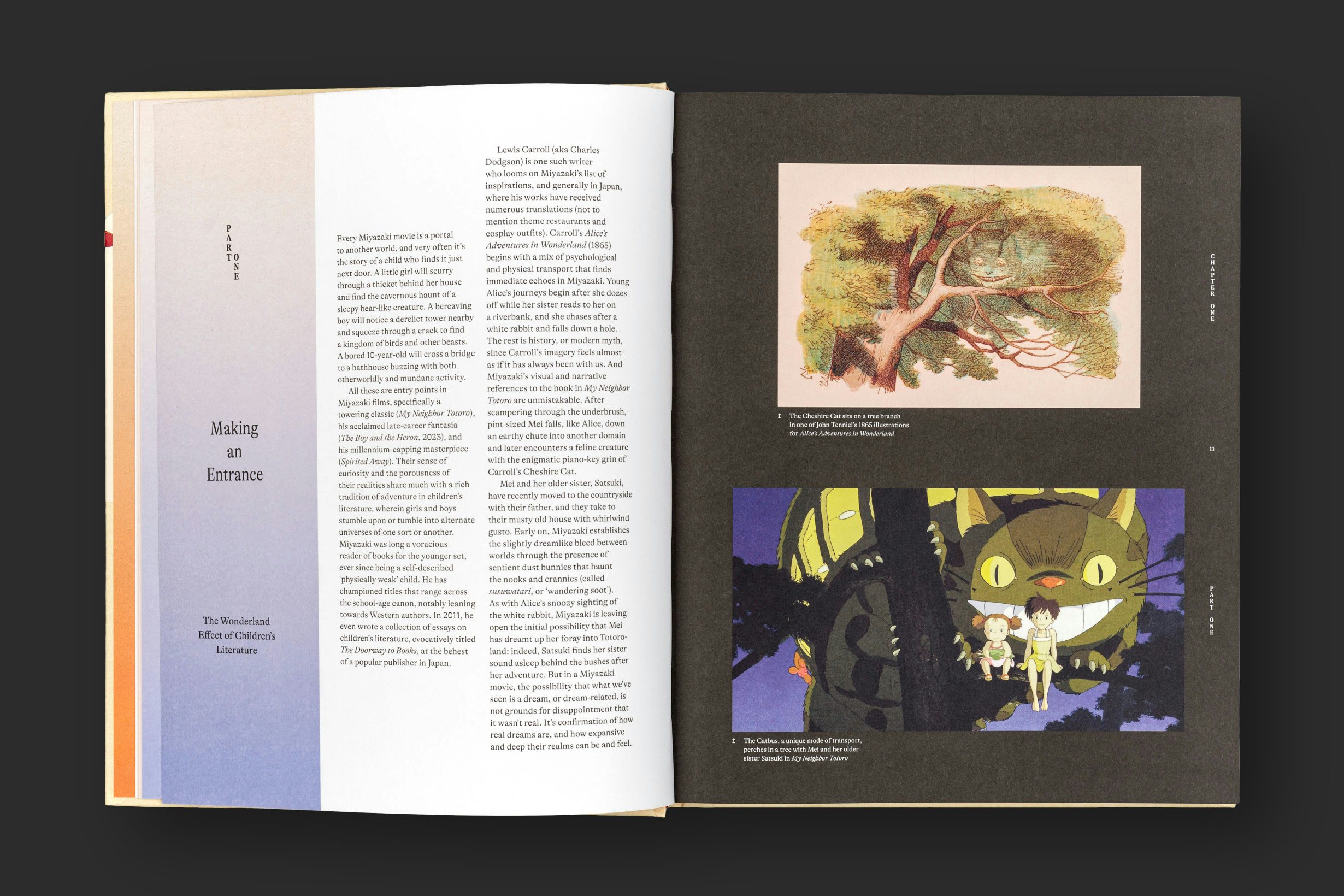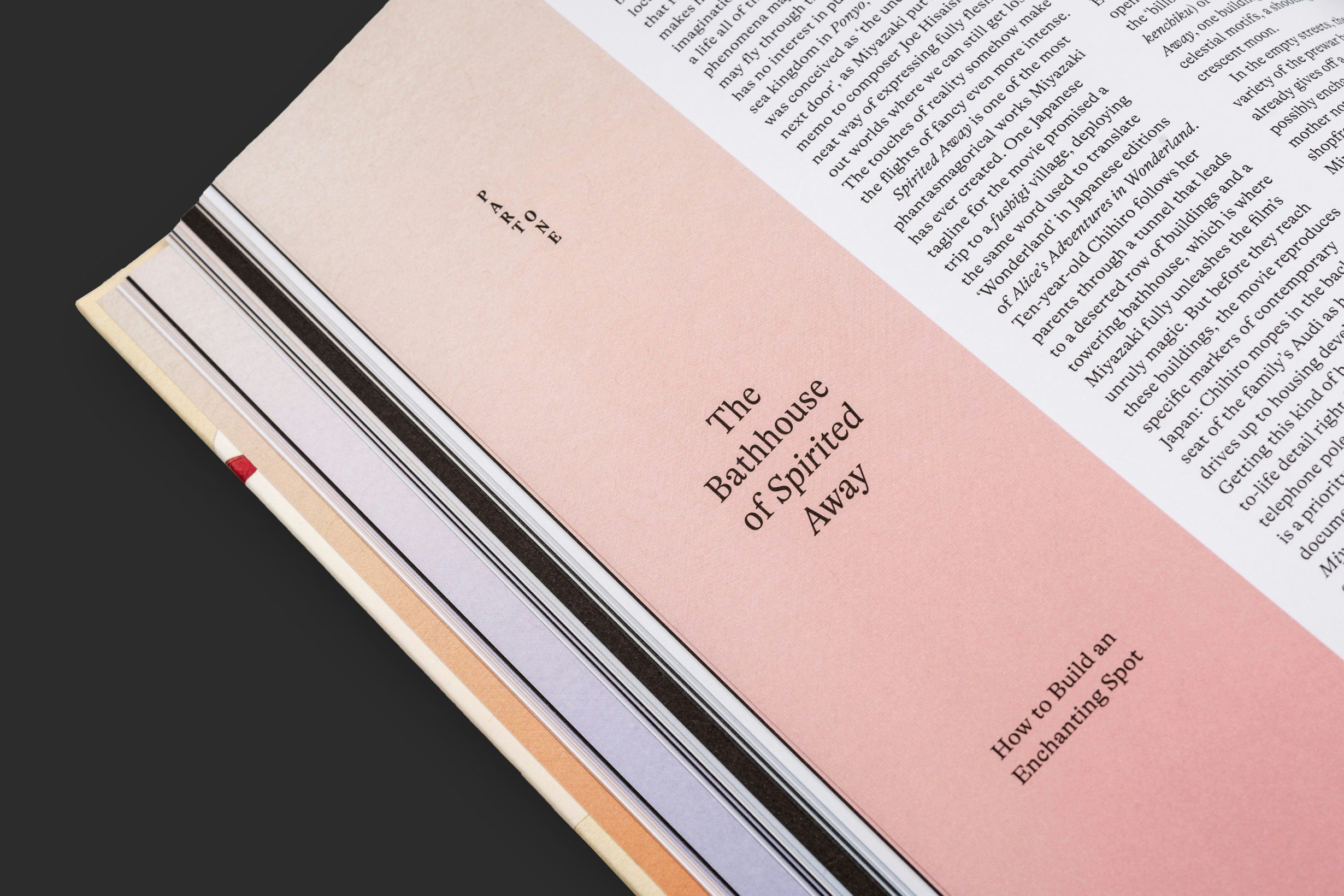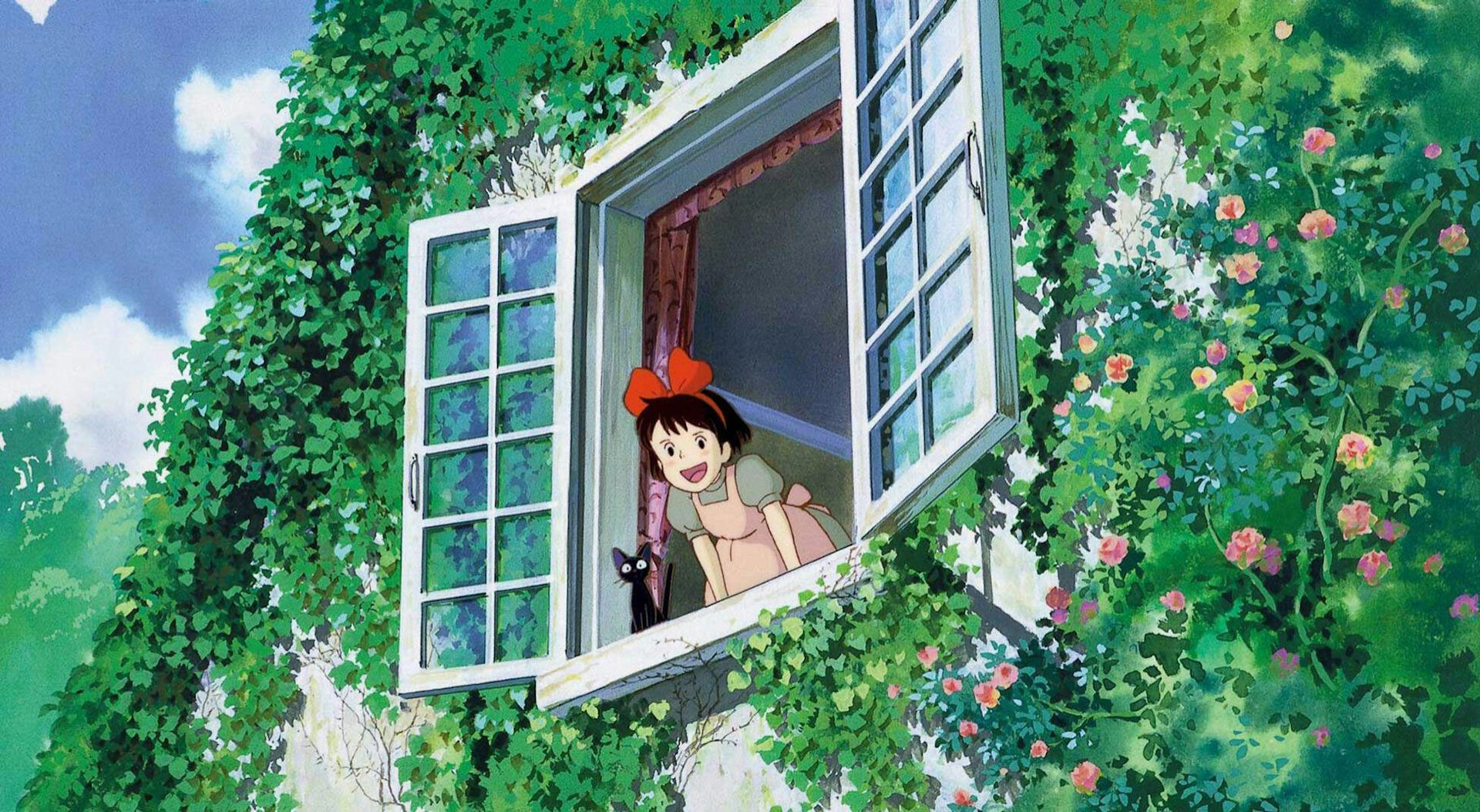A new book opens the door to Hayao Miyazaki’s imagination
The Worlds of Hayao Miyazaki excavates the cultural, historical and artistic foundations of the Studio Ghibli visionary’s animated oeuvre
It’s hard to think of a filmmaker alive today as universally admired as Hayao Miyazaki. For more than four decades, the legendary Japanese animator has been enchanting audiences all over the world with his visually dazzling, morally complex flights of fancy.
Now, the Studio Ghibli co-founder’s life’s work has been distilled into a gorgeous coffee table book, aptly titled The Worlds of Hayao Miyazaki: The Influences and Inspiration Behind the Iconic Films (designed by Intercity). Author Nicolas Rapold is clearly well-versed in the films themselves – but equally impressive is his command of the cultural, historical and artistic influences that have shaped Miyazaki’s storytelling.


From the outset, the book takes readers through the looking glass, describing how a handful of writers with serious world-building chops first caught the imagination of a young Miyazaki. These include well-known names such as Lewis Carroll, CS Lewis and Jules Verne, but also authors less familiar to Western audiences such as Kenji Miyazawa, whose 1924 story The Acorns and the Wildcat was a major influence on My Neighbor Totoro.
Rapold delves deeper still into European and Japanese children’s literature, folklore, politics, cinema (both animation and live action) and even architecture, gradually peeling back the layers of Miyazaki’s creative process. Individual chapters shed light on the people, places and personal memories that have seeped into films such as Princess Mononoke, Howl’s Moving Castle and Kiki’s Delivery Service, revealing an artist fully immersed in the world around him.


Among the book’s most striking revelations is how the French writer Antoine de Saint-Exupéry – best-known for The Little Prince – fuelled Miyazaki’s lifelong obsession with aviation. There’s even the suggestion that the name Ghibli was inspired by an Italian aircraft used in North Africa during the late 1930s and early 40s.
According to creative director Trystan Thompson, the overarching graphic language of the book is inspired by the traditional Japanese vertical writing style ‘tategaki’, while the textured colour wash panels used throughout are a nod to the hand-painted watercolour backdrops still used by Studio Ghibli to this day.
Whether you’re a casual Studio Ghibli fan or the kind of devotee who might be tempted to jump on the next plane to Matsuyama to visit the bathhouse that inspired Spirited Away, The Worlds of Hayao Miyazaki is a journey well worth taking.
The Worlds of Hayao Miyazaki is published on 18 September; quarto.com










